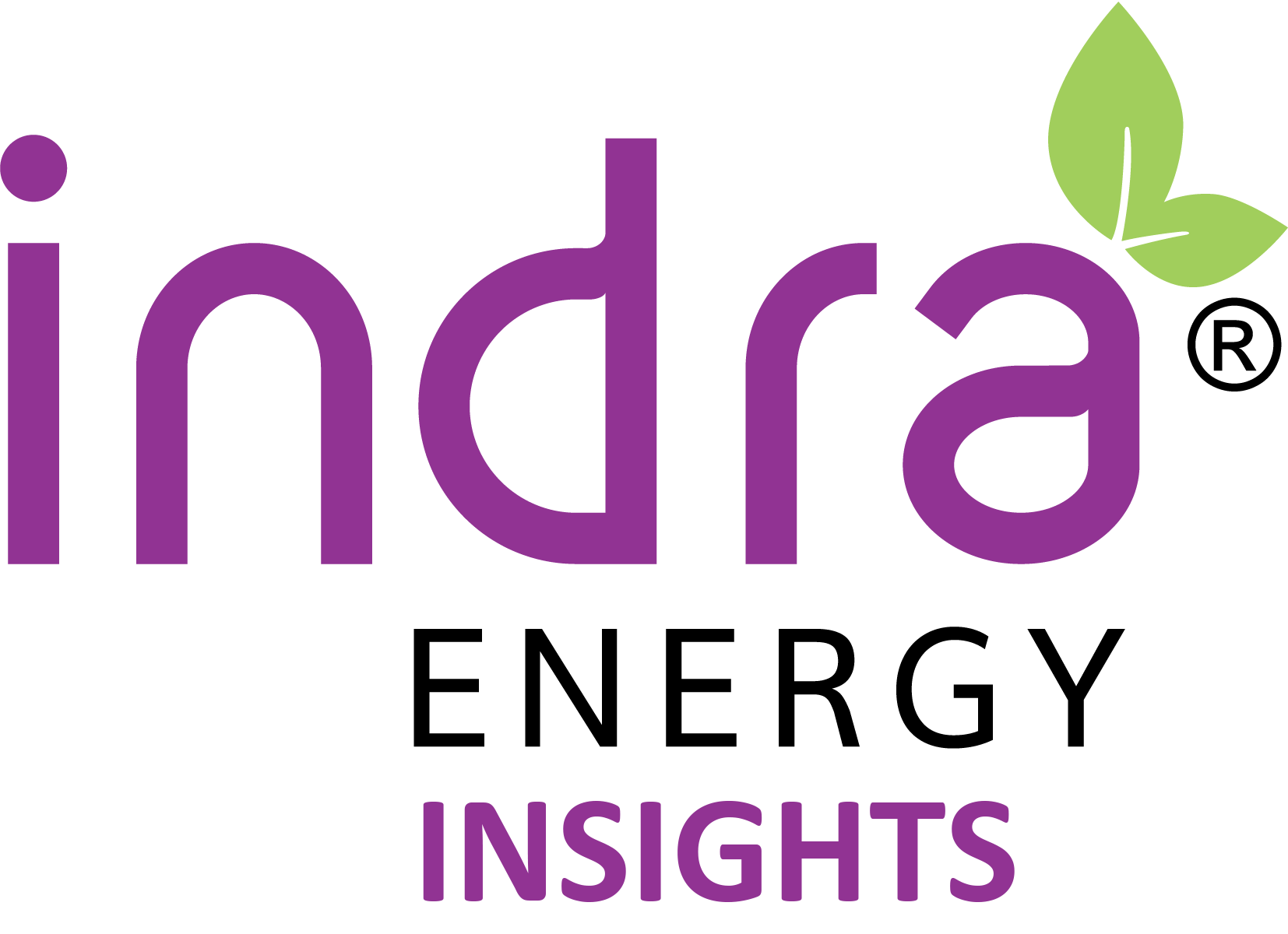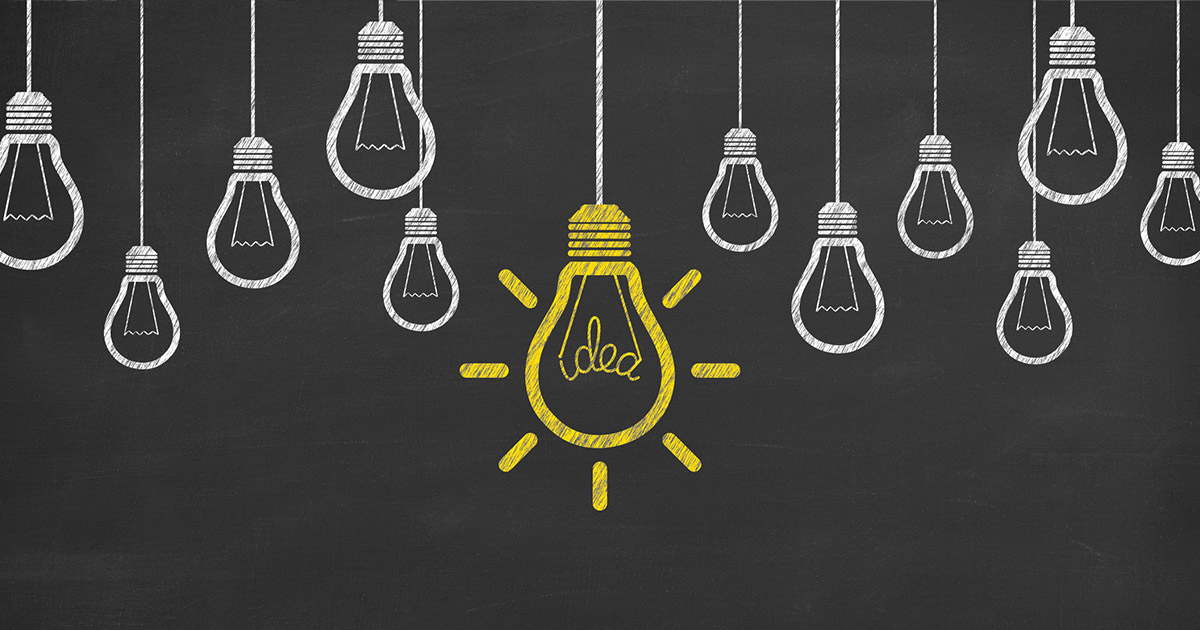Looking to save energy (and money) in your home? While a professional home energy assessment is the best way to access and understand where your home is wasting energy, it can be costly. One step that homeowners can take is completing their own simple home energy audit checklist to help identify common issues. While this “do-it-yourself” assessment will not be as thorough as a professional home energy assessment, it can help to spot some easier areas for homeowners to address.
Search for and Seal Air Leaks
In your home energy audit, the first things you can check for are drafts or air leaks. Great places to look include doors, windows, gaps along baseboards, electrical fixtures and outlets, and plumbing fixtures. If you have a fireplace, you can also check to ensure the damper is closed to prevent escaping air.
Did you know the EPA estimates that homes can see up to a 15% reduction in energy consumption when they are properly sealed? That’s why it’s important to check even the most common places. For example, be sure to seal leaks around doors, windows, and attic access doors with appropriate weatherstripping. Also, ensure that there is proper insulation around recessed lights, and fill in any gaps around plumbing or electrical fixtures. Foam is ideal for larger gaps, while caulk can be used for smaller ones.
Check for Proper Insulation
Heated or cooled air loss can occur through basements, attics, walls, floors, and ceilings if the insulation in your home is not up to today’s recommended minimum. If you have an older home, insulation techniques and minimums were likely far less than they are today, which means there are probably many opportunities to upgrade. Research the standards for the year your home was built and compare them with today’s standards to see where the largest chances are to add/upgrade your insulation.
Maintain Your Heating and Cooling Equipment
Be sure to inspect your heating and cooling equipment each year, or as recommended by the original manufacturer. If you have forced-air heat or air conditioning, ensure that you replace filters as recommended. You should generally aim to replace them every one to two months, especially when your system is used most, such as the dead of winter or peak summer months. It is also good to have a professional provide annual maintenance on your equipment to prevent any unwanted interruptions in your heat or air conditioning.
Let’s suppose that your furnace or air conditioning system is over 15 years old. In that case, you may want to consider replacing it with a more modern energy-efficient unit that has an “ENERGY STAR” rating. Appliances with this rating indicate that the product meets federally mandated guidelines regarding energy efficiency. According to ENERGY STAR, “Since they use less energy, these products save you money on your electricity bill and help protect the environment by causing fewer harmful emissions from power plants.”
Lightbulbs and Light Fixtures
Energy for lighting accounts for about 15% of the average home’s electricity use, according to the U.S. Department of Energy. Look to see what type of light bulbs are being used in each fixture and consider replacing inefficient light bulbs with an energy-efficient option, such as ENERGY STAR or energy-saving incandescent bulbs. Also, check with your electric utility provider, as they may offer rebates or incentives for purchasing energy-efficient light bulbs. You can also consider putting certain lighting fixtures on automatic timers or dimming switches to reduce your consumption.
Household Appliances and Electronics
Since household appliances and electronics are used daily, they can impact energy consumption and the corresponding cost. Evaluate which appliances and electronics you use most often, and consider the following strategies for reducing their energy use:
- Unplugging an item when you are not using it (if plugged in, electronics or appliances can still draw power, even if they are switched off).
- Adjusting the settings (such as using your washing machine on the cold setting) or using the appliance/electronic less frequently.
- Purchasing a new, more efficient appliance with the latest ENERGY STAR rating.
- Utilizing smart home devices that can automatically control or monitor your appliances, lighting, and other devices to maximize efficiency.
Create an Energy Plan for Your Home
After you have completed your home energy audit checklist and you understand where your home is losing energy, develop an energy plan by asking yourself some questions:
- How much money do you currently spend on your energy bills? (gas, propane, electricity, etc.)
- Where do you estimate are your greatest inefficiencies or energy losses?
- If you invest in energy efficiency (new appliance, added insulation, weatherstripping, etc.), how long will it take for the investment to pay for itself?
- How long do you plan to own your current home? If you plan to be there a while, is it wise to consider making some energy-saving upgrades?
- How much time do you have for maintenance and repairs? Can you do the energy upgrades yourself, or will you need to hire a contractor?
- What is your budget for these energy-saving upgrades?
If you’ve completed your at-home energy assessment but still need assistance, you can contact a professional to help you evaluate your home. Professionals can help you find ways to increase your energy savings even more and provide you with the best plan possible.
Next Steps
Did you know that you can choose who your energy supplier is? In many states, the electricity and natural gas market has been deregulated, which means you can choose your energy provider. Indra Energy has 100% renewable electricity and 100% carbon offset natural gas plans. Contact us today to learn more!















